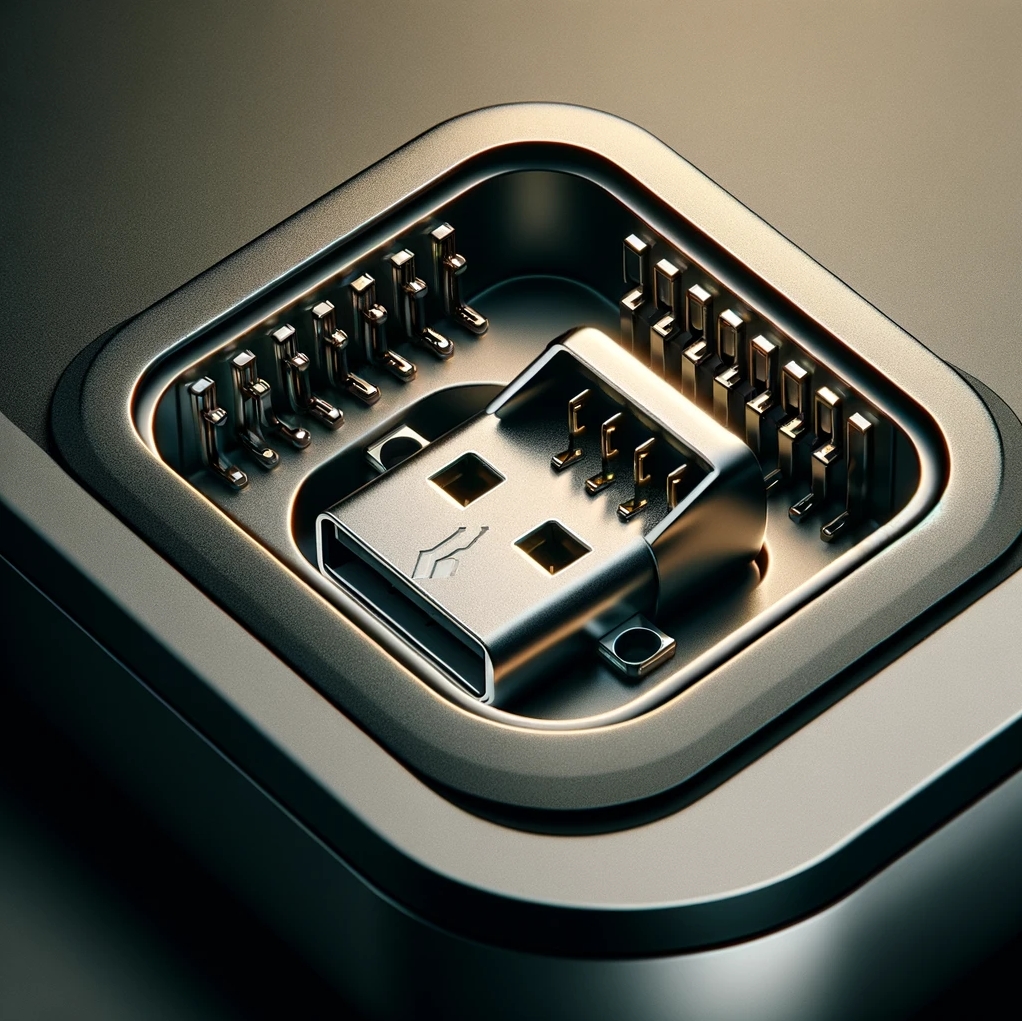USB socket type and application analysis, help you choose the appropriate interface type.
 2024-01-24 10:55:51
2024-01-24 10:55:51

USB (Universal Serial Bus) socket is a wide interface to connect computers and various electronic devices. The description of USB socket interface includes the following aspects:
Type: There are many kinds of USB sockets, including USB sockets. USB-B, Micro-USB, Mini-USB and USB-C. Among them, USB-A is the most commonly used type, which is usually used to connect computers and most USB devices. USB- It is a new interface, which supports faster data transmission and greater current, and is suitable for a new generation of equipment.
Version: There are different versions of USB standard, such as USB 1.1, USB 2.0, USB 3.0, USB 3.1 and USB 4. Data transmission speed and power output are the main differences between these versions. USB USBB BB is the most common version 2.0, and version 3.0 and higher provide faster data transmission speed.
Power output: USB socket can be used to charge equipment. Different USB standards and types support different currents and voltages, thus affecting the charging speed.
Data transmission: USB socket is not only used for charging, but also for data transmission. The type and version of USB depend on the speed of data transmission.
Compatibility: USB sockets usually have backward compatibility, which means that the new version of USB sockets can be used with the old version of USB devices, but the speed will be limited to the maximum speed of the old version.
Double-sided plugging and unplugging: USB-C is designed for double-sided plugging and unplugging, which means that the plug can be plugged into the socket in any direction, which is more convenient to use.
Application: USB sockets are widely used in various electronic devices, such as computers, mobile phones, tablet computers, printers, cameras, external storage devices and so on.
Note: When using USB socket, you should pay attention to choosing the appropriate cable and interface type to ensure the compatibility and safety of the equipment.
In order to meet the needs of higher speed data transmission and more efficient charging, USB standards and socket types will continue to be updated and improved.


